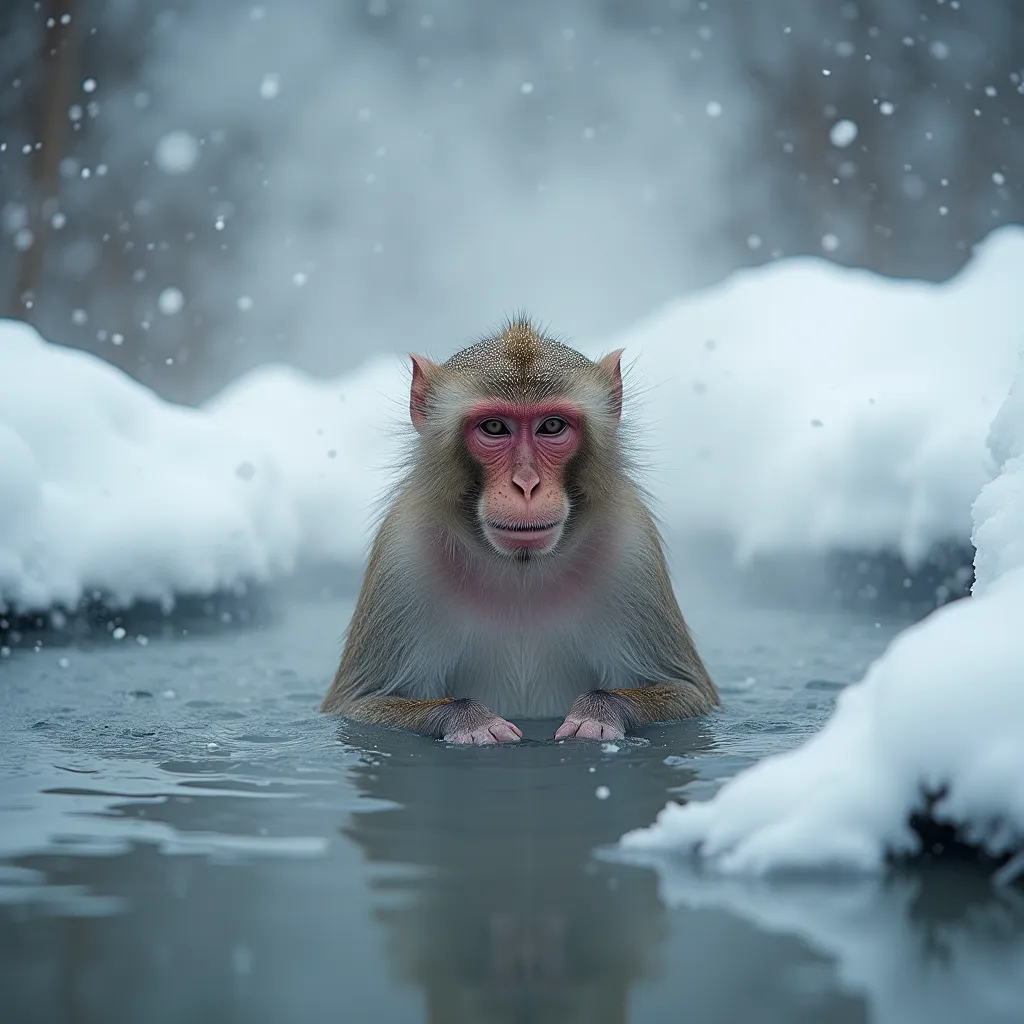The field of AI image generation is undergoing a seismic shift. For years, models have struggled with complex compositions, photorealism, and legible text. With the arrival of the FLUX.1 family of models from Black Forest Labs, many of these long-standing challenges are being overcome.
This post provides a comprehensive deep dive into the FLUX.1 suite. We'll explore the core architectural innovations that give it its power, see practical examples of its capabilities, and analyze what its release means for the future of creative AI. This isn't just another model; it's a glimpse into a new paradigm of visual content generation.
The FLUX.1 Model Suite
The FLUX.1 family consists of several models, each tailored for different needs:
- FLUX.1 Pro: The most powerful version, available via API, capable of producing the highest quality images. It includes an "Ultra" mode for 4-megapixel images and a "Raw" mode for hyper-realistic photos.
- FLUX.1 Dev: An open-weight model for non-commercial use, allowing researchers and artists to experiment and build upon its architecture.
- FLUX.1 Schnell: A fast, open-source version optimized for real-time and interactive applications where speed is critical.
These models are known for their strong prompt adherence, diverse artistic styles, and high-resolution output.
Why the Architecture Matters: Diffusion Transformers
At its core, FLUX.1 utilizes a Diffusion Transformer (DiT) architecture. This is a significant shift from the U-Net architecture used in earlier models like Stable Diffusion 1.5 and 2.0.
The DiT architecture, also seen in cutting-edge models like OpenAI's Sora and Stable Diffusion 3, processes visual information in a way that more closely resembles how transformers handle text. This allows for a much deeper, more contextual understanding of the prompt. Instead of just associating keywords with visual elements, it can grasp complex relationships, spatial arrangements, and abstract concepts. This is the key technical leap that enables FLUX.1's superior composition and prompt fidelity.
FLUX.1 vs. Stable Diffusion 3
Here’s a quick comparison with another major Diffusion Transformer model, Stable Diffusion 3:
| Feature | FLUX.1 (Dev/Pro) | Stable Diffusion 3 (Medium) |
|---|---|---|
| Architecture | Diffusion Transformer (DiT) | Diffusion Transformer (DiT) |
| Key Strength | Exceptional prompt adherence, photorealism, and in-context editing (Kontext) | Strong prompt following, good at typography and complex scenes |
| Open-Weight | Yes (Dev and Schnell models) | Yes (Medium model) |
| Multimodality | Yes, with FLUX.1 Kontext (Text and Image input) | Yes (Text and Image input) |
| Ecosystem | Growing rapidly, supported in ComfyUI and other platforms | Well-established with a large community and toolset |
This architectural choice is a defining feature of the latest generation of image models, and FLUX.1 is at the forefront of this trend.
FLUX.1 in Action: Example Generations
To truly appreciate the capabilities of FLUX.1, let's look at a few examples that showcase its strengths in different areas.
Example 1: Photorealism and Complex Scenes

Prompt: "A magazine photo of a monkey bathing in a hot spring in a snowstorm with steam coming off the water."
This example highlights the model's ability to understand and render complex, multi-element scenes with a high degree of photorealism.
Example 2: Artistic Styles

Prompt: "Anime style portrait of a female samurai at a beautiful lake with cherry trees, mountain fuji background, spring, sunset."
Here, we see FLUX.1's versatility in adopting a specific artistic style (anime) while still composing a detailed and coherent scene.
Example 3: Text Generation

Prompt: "A sign that says 'AstraML' in a futuristic font, on the side of a sleek, modern building."
This demonstrates one of the most sought-after features in modern image generators: the ability to accurately render legible text within an image, which FLUX.1 handles remarkably well.
Introducing FLUX.1 Kontext: In-Context Image Editing
A major innovation in the suite is FLUX.1 Kontext, a set of models that enable "in-context" image generation and editing. This multimodal AI understands both text and image inputs, allowing for powerful and precise modifications to existing images.
Key features of FLUX.1 Kontext include:
- Character Consistency: Maintain the appearance of a character across different scenes.
- Local Editing: Make targeted changes to specific parts of an image.
- Style Reference: Generate new images that adopt the style of a reference image.
This completely changes the game, moving beyond simple text-to-image generation and providing a much more interactive and intuitive way to create and refine visual content.
Using FLUX.1 Models
Fine-tuning and Dreambooth
The community has been actively working on enabling Dreambooth and other fine-tuning methods for FLUX.1 models, particularly the Dev version. This allows users to train the model on new styles, objects, or characters. While the highly distilled Schnell version is less suitable for fine-tuning, the Dev model provides a solid foundation for customization.
Image-to-Image and ControlNet
Contrary to some initial impressions, FLUX.1 is highly capable of image-to-image tasks. The FLUX.1 Kontext models are specifically designed for this purpose, offering capabilities that are in many ways more advanced than traditional ControlNet or img2img approaches, allowing for more context-aware and precise edits.
Getting Started: A Practical Code Example
For those looking to experiment with FLUX.1 programmatically, the open-weight Schnell model is a great starting point. You can use it with the popular diffusers library from Hugging Face.
First, make sure you have the necessary libraries installed:
pip install diffusers transformers accelerate torchHere is a simple Python script to generate an image from a text prompt:
import torch
from diffusers import FluxSchnellPipeline
# Use torch.cuda.is_available() to check for GPU and set device accordingly
device = "cuda" if torch.cuda.is_available() else "cpu"
# Load the FLUX.1 Schnell pipeline
pipe = FluxSchnellPipeline.from_pretrained(
"black-forest-labs/FLUX.1-schnell",
torch_dtype=torch.bfloat16
)
pipe.to(device)
# Define the prompt
prompt = "A cinematic shot of a baby raccoon wearing a tiny cowboy hat, riding a capybara."
# Generate the image
image = pipe(
prompt=prompt,
num_inference_steps=8,
guidance_scale=0.0
).images[0]
# Save the image
image.save("raccoon_on_capybara.png")
print("Image saved as raccoon_on_capybara.png")This script provides a basic template for running FLUX.1 locally, allowing developers to easily integrate it into their own projects and begin exploring its capabilities.
What This Means for the Future
The release of FLUX.1, and particularly its Kontext capabilities, signals a clear trend in the industry: the future of AI image generation is not just about creating images from scratch, but about interactive, context-aware creation and editing.
Models are evolving from simple "prompt-to-image" engines into sophisticated creative partners. The ability to maintain character consistency, perform localized edits, and understand style references moves us closer to a workflow where AI tools function as a natural extension of the creative process. As these technologies mature, they will empower creators to achieve their vision with unprecedented speed and control. The architectural shift to Diffusion Transformers is the engine driving this change, and models like FLUX.1 are paving the way.
At AstraML, we are committed to harnessing the power of these next-generation models. Our expertise in fine-tuning and deploying advanced visual AI, including systems like FLUX.1, allows us to build bespoke solutions that push the boundaries of creative content generation. Contact us to learn how we can help you leverage this technology.
